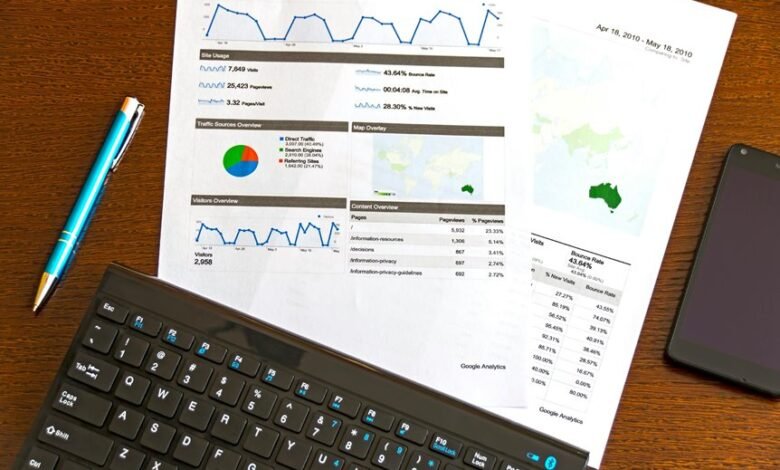Executive Overview Dashboard: 8559220783, 8559313588, 8559422422, 8559586233, 8559977348, 8563352166

The Executive Overview Dashboard is a critical asset for organizations today. It provides streamlined access to performance metrics and insights, fostering informed decision-making. Key features, such as data visualization and customization, enhance usability. However, the effectiveness of such dashboards can vary significantly. Understanding how to optimize these tools is essential for maximizing their potential. This raises important questions about the best practices for implementation and usage. What strategies can executives employ to fully leverage these dashboards?
Importance of Executive Overview Dashboards
As organizations increasingly navigate complex business environments, the importance of Executive Overview Dashboards becomes evident.
These dashboards enhance data visualization, allowing decision-makers to interpret vast amounts of information quickly and accurately. By presenting key performance indicators in a clear format, they facilitate informed decision-making, ultimately enabling organizations to respond adeptly to challenges and seize opportunities, fostering a culture of agility and informed autonomy.
Key Features to Look For
Effective Executive Overview Dashboards possess several key features that enhance their utility for decision-makers.
Essential elements include robust data visualization capabilities, allowing for clear representation of complex information, and user customization options, which enable individuals to tailor the dashboard to their specific needs.
These features ensure that executives can quickly access relevant insights, fostering informed decision-making in a dynamic business environment.
How to Optimize Your Dashboard
Optimizing a dashboard is crucial for maximizing its effectiveness in delivering actionable insights.
Effective dashboard design prioritizes clarity and simplicity, allowing users to quickly interpret data visualizations. By focusing on relevant metrics and utilizing intuitive layouts, stakeholders can enhance decision-making capabilities.
Regularly updating content and ensuring accessibility empowers users to harness data efficiently, fostering a culture of informed freedom within organizations.
Conclusion
In conclusion, the Executive Overview Dashboard acts as a compass in the tumultuous sea of business data, guiding leaders toward informed decisions. Just as a sailor relies on navigational tools to chart a safe course, executives can leverage customizable dashboards to pinpoint vital performance indicators. By harnessing such tools, organizations can foster agility, ensuring they navigate challenges with confidence and clarity. Ultimately, a well-optimized dashboard is not just a tool; it is a strategic asset that empowers informed autonomy.





